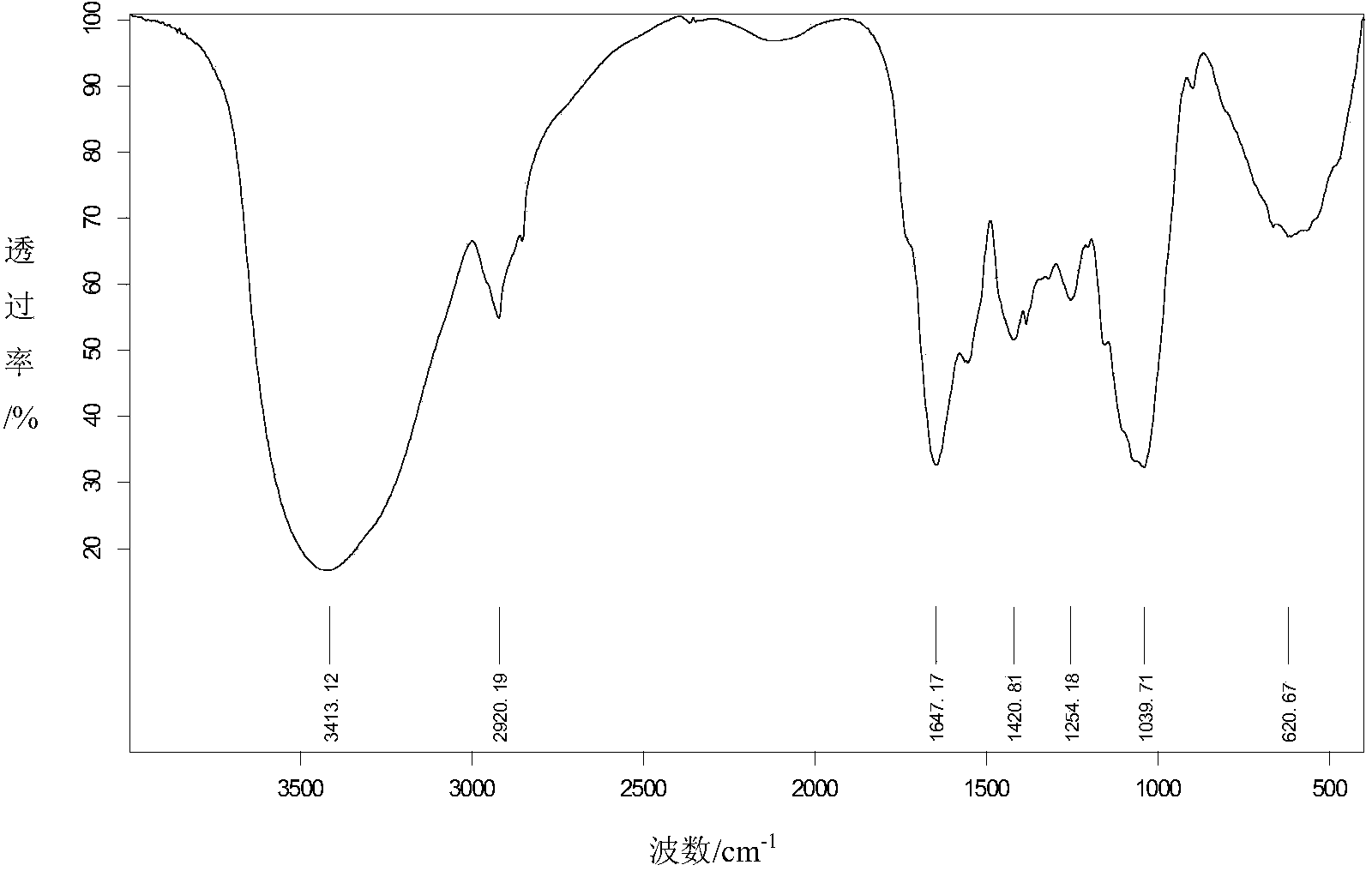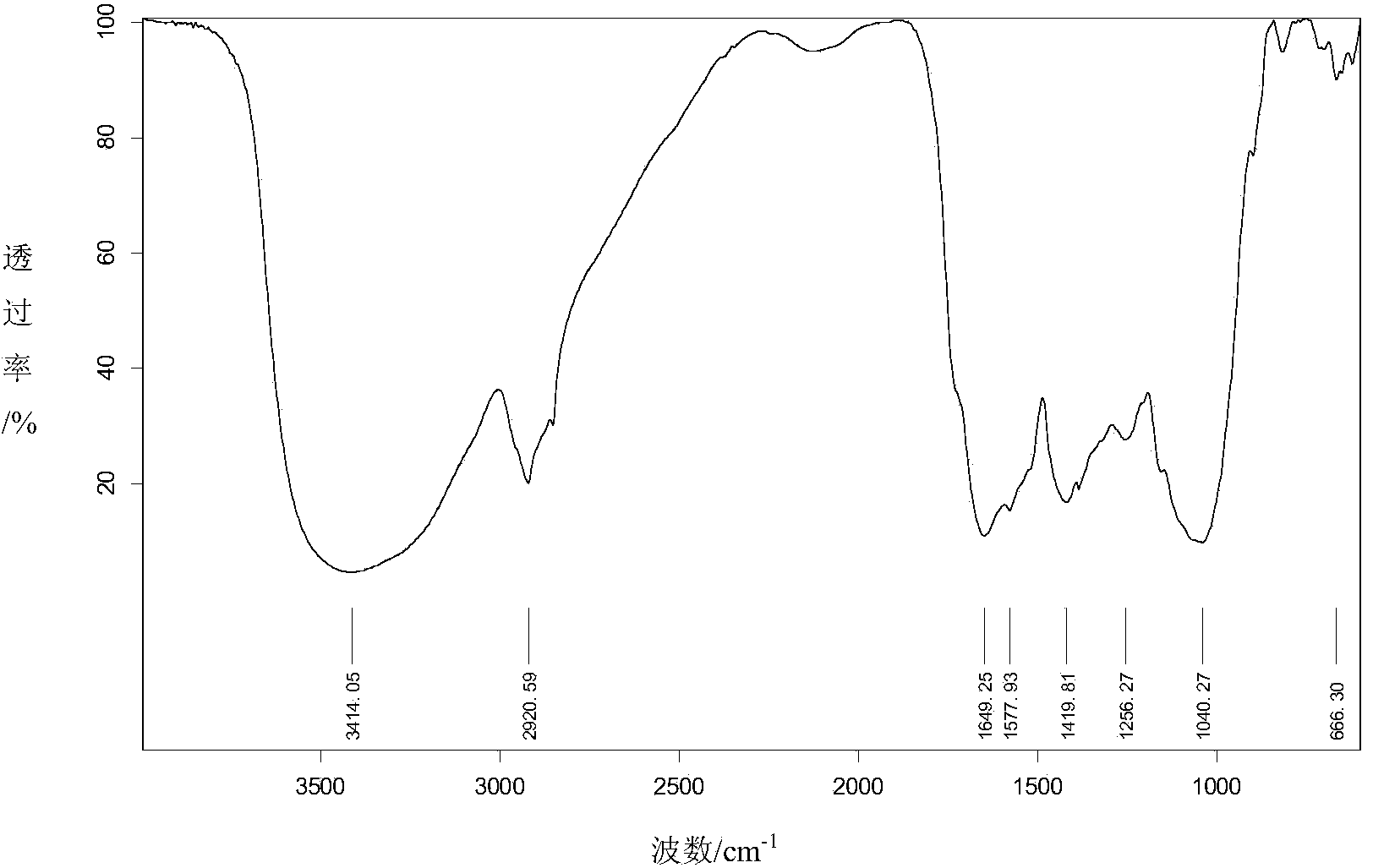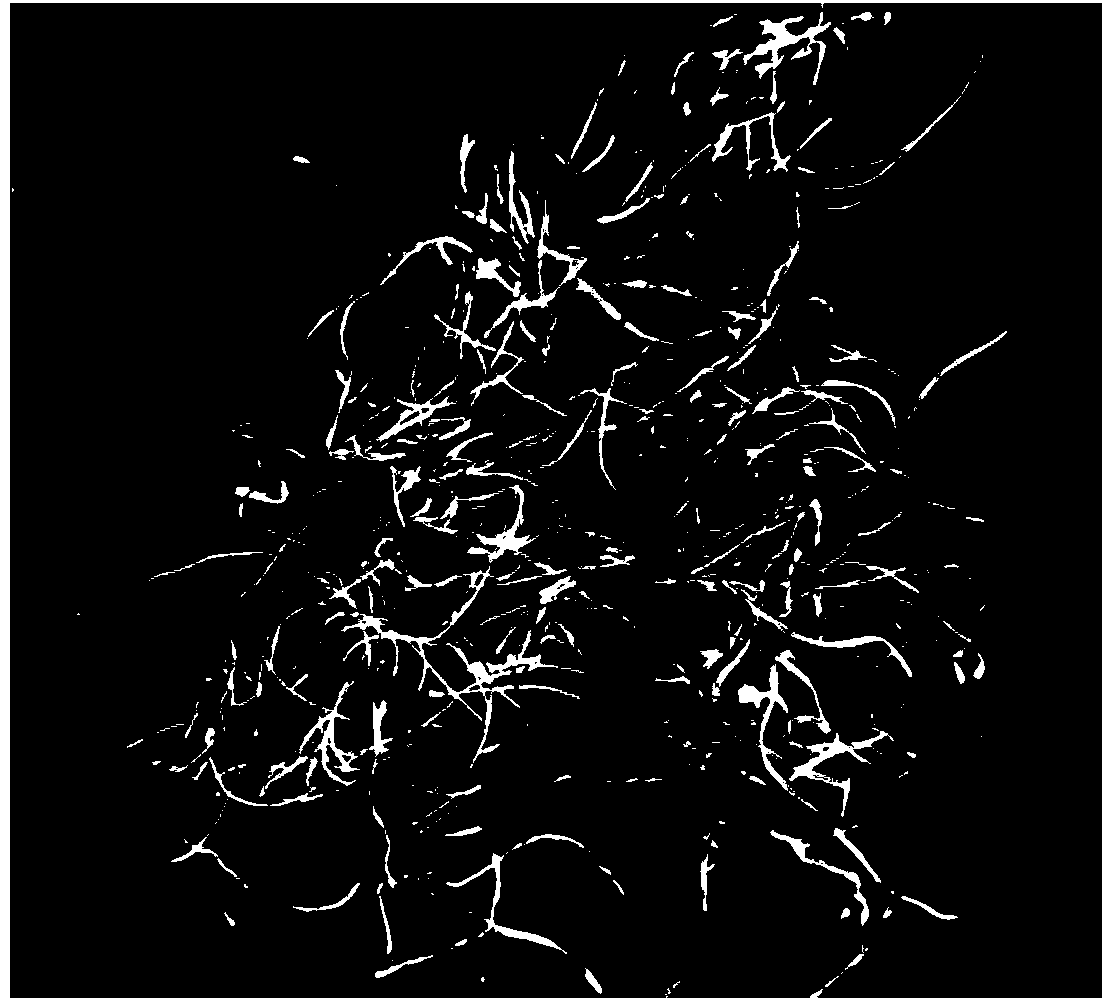Method for treating lead-containing wastewater by using corn stigma as biomass adsorbent
A technology of biomass adsorbent and corn silk, which is applied in the direction of adsorption of water/sewage treatment, chemical instruments and methods, water/sludge/sewage treatment, etc., can solve the problems such as the decline of adsorption rate, and achieve fewer steps, faster speed, The effect of a wide range of raw material sources
- Summary
- Abstract
- Description
- Claims
- Application Information
AI Technical Summary
Problems solved by technology
Method used
Image
Examples
Embodiment 1
[0024] The corn silk is first washed with distilled water to remove soil and impurities, and then dried in a blast drying oven at 50°C. The dried corn silk is cut into pieces with scissors to obtain a corn silk biomass adsorbent with an average length of 3-4cm, and then Pack into bags for later use.
Embodiment 2
[0027] Accurately pipette 40mL, a series of concentrations (20, 40, 60, 80 and 100mg·L -1 ) of Pb 2+ The solution was placed in a 250mL Erlenmeyer flask with 0.1mol·L -1 hydrochloric acid / sodium hydroxide to adjust the pH to 5.0, add 0.150 g of the corn silk prepared in Example 1 as an adsorbent, and at 25 ° C, after adsorbing on a constant temperature oscillator with a rotation speed of 120 rpm for 5 h, filter it with a mesh of 2 mm. Take the filtrate, dilute different multiples, and measure Pb with flame atomic absorption spectrophotometer 2+ concentration. The results are shown in Table 1.
[0028] Pb 2+ The adsorption rate is calculated according to the following formula (the same below):
[0029]
[0030] In the above formula, C 0 Pb in wastewater before adsorption 2+ Concentration (mg·L -1 ), C is the remaining Pb in the wastewater after adsorption for a certain period of time 2+ Concentration (mg·L -1 )
[0031] Table 1: The effect of adsorbents on Pb in l...
Embodiment 3
[0035] Accurately pipette 40mL, a series of concentrations (100, 200, 300, 400 and 500mg·L -1 ) of Pb 2+ The solution was placed in a 250mL Erlenmeyer flask with 0.1mol·L -1 hydrochloric acid / sodium hydroxide to adjust the pH to 5.0, add 0.150 g of the corn silk prepared in Example 1 as an adsorbent, and at 25 ° C, after adsorbing on a constant temperature oscillator with a rotation speed of 120 rpm for 5 h, filter it with a mesh of 2 mm. Take the filtrate, dilute different multiples, and measure Pb with flame atomic absorption spectrophotometer 2+ concentration. The results are shown in Table 2.
[0036] Table 2: The effect of adsorbents on Pb in lead-containing wastewater with different initial mass concentrations 2+ The removal effect of
[0037] Initial Pb 2+ Concentration (mg·L -1 )
[0038] It can be seen from Table 2 that the adsorption rate decreases with the increase of the initial metal concentration within the experimental value range. When the i...
PUM
| Property | Measurement | Unit |
|---|---|---|
| Average length | aaaaa | aaaaa |
Abstract
Description
Claims
Application Information
 Login to View More
Login to View More - Generate Ideas
- Intellectual Property
- Life Sciences
- Materials
- Tech Scout
- Unparalleled Data Quality
- Higher Quality Content
- 60% Fewer Hallucinations
Browse by: Latest US Patents, China's latest patents, Technical Efficacy Thesaurus, Application Domain, Technology Topic, Popular Technical Reports.
© 2025 PatSnap. All rights reserved.Legal|Privacy policy|Modern Slavery Act Transparency Statement|Sitemap|About US| Contact US: help@patsnap.com



